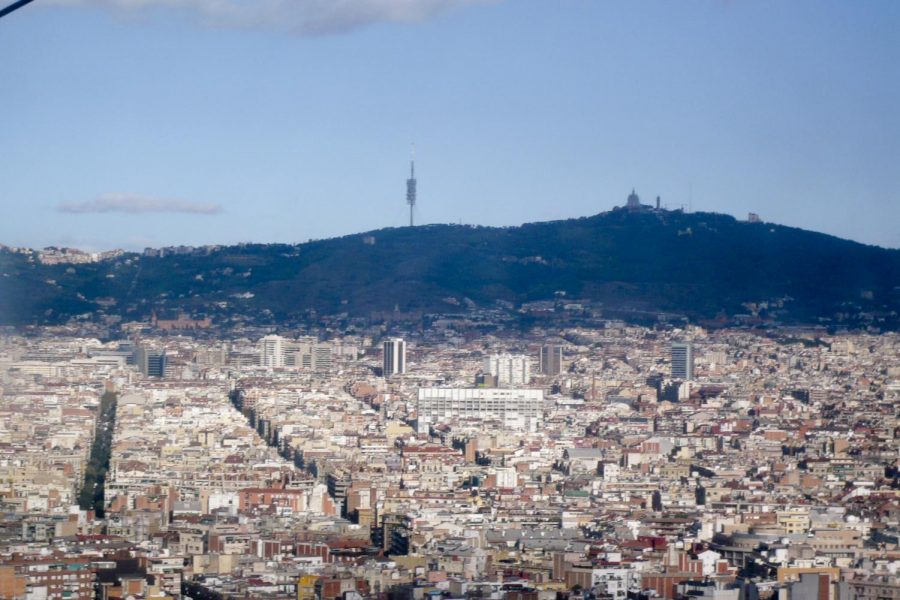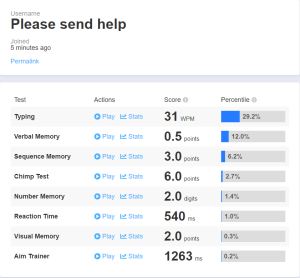Reinventing urban development
Andy Mitchell/ Wikipedia comments
Over head view of Barcelona, Spain.
January 23, 2020
To combat street noise, traffic pollution and white elitist grid planning, Barcelona instates a unique solution of superblock experimentation.
In Barcelona, cars take up 60% of public space, making life for some individuals difficult. Currently, there are six superblocks; each with a common goal to create a clean environment that is inclusive for mobility purposes for minorities. These superblocks were used as an experiment for the upcoming plan of 503 superblocks. With the goal of these superblocks being a success, the massive reconstruction of heavily urbanized areas within the city can continue.
Massachusetts Institute of Technology (MIT) assistant professor Catherine D’Ignazio, who is head of urban planning at MIT and the Director of the Data and Feminism released a statement regarding superblocks. D’Ignazio says that in order to create this utopia, data must be collected from the city of Barcelona. It is important that officials look to individuals who have previously been ignored in the daily function of a city; specifically the mobility patterns of people of color, women, the elderly population and those with disabilities. In order to achieve this, it’s important to look at how cities were originally created. Being able to identify the root cause of the need for superblocks allows for the structures to be efficient.”Too often corporate vendors are coming into cities and saying ‘we can do X, Y and Z’ and city governments, starved for resources, are like, ‘great, let them handle it’. And both the tech company and the city government are elite, mainly white men and miss out on deeper community engagement,” said D’lganzio.
On top of improving mobility patterns, superblocks potentially offer a long term solution to the environment. Barcelona is one of the heaviest car populated cities in Europe. The World Health Organization (WHO) reports Barcelona substantially exceeds recommended levels of air pollution. Over 80 percent of Barcelona’s residents are exposed to unhealthy amounts of air pollution due to the massive amount of cars. With the recent announcement that the city will be creating 503 superblocks, Barcelona could become the blueprint for green urban development. WHO predicts super blocks will deter 667 premature deaths in the city each year and increase life expectancy by 200 days. This would also decrease NO2 levels by 24 percent from the current level of 47 micrograms per cubic meter to 36 micrograms per cubic meter. A decrease on that scale would bring Barcelona’s NO2 levels to scale with the WHO recommendation of a maximum of 40 micrograms per cubic meter. This new concept, on a large scale, could substantially contribute to the fight against climate change.
The upcoming plan for superblocks is still under protest from the population. The motive for this protest is the argument that superblocks will actually make day to day life more difficult in day to day life. Superblocks create a circuitous route which makes people who depend on cars isolated on the outside of the community. Locals say their routes daily by car will increase in time and distance by three. Barcelona’s planners have responded to this by reiterating the goal of superblocks, arguing that without rerouting the population with the goal of encouraging green transportation the plan of superblocks would fail. Those who have invested and own small businesses are on the frontline of these protests. They fear these superblocks will isolate their businesses due to the new routes for transportation.
Superblocks create a clean route to reinventing the way cities are developed. Providing a utopia for those who have previously been invisible and are vulnerable in their current cities.








